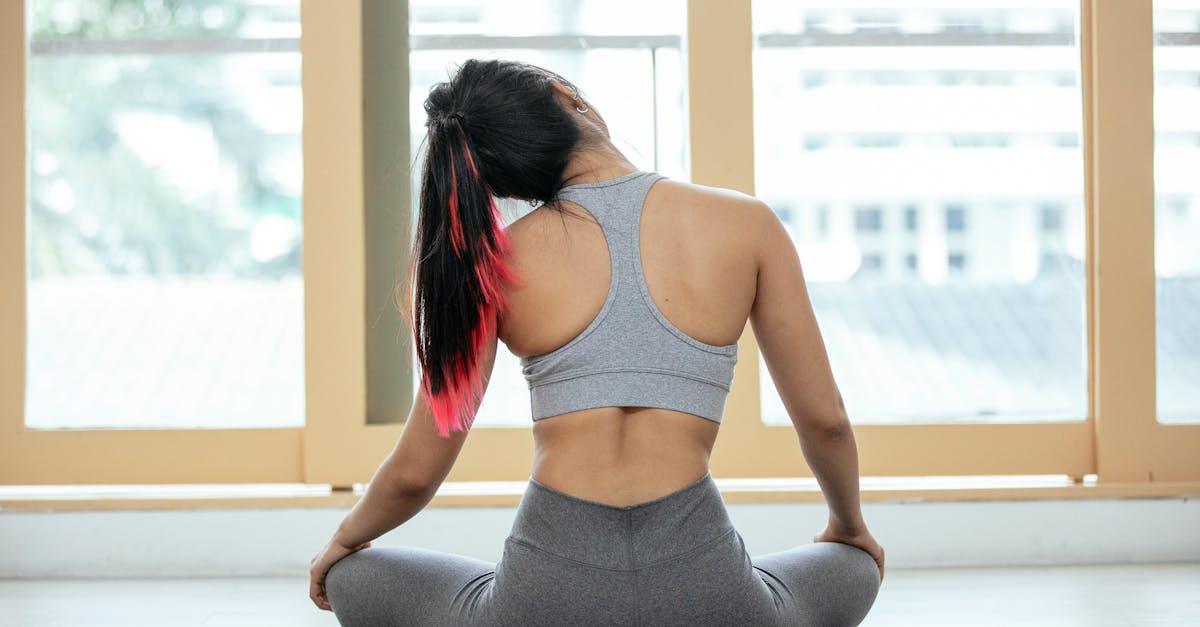
Effective Back and Neck Pain Relief: Safe Self-Care Tips for Adults
Are you struggling with back or neck pain and wondering what you can do at home before seeing a healthcare professional? You’re not alone. Many adults experience these common discomforts, which can affect daily life and well-being. This article offers clear, evidence-informed guidance on how to find relief safely, when to seek medical care, and lifestyle tips to support your spine health.
Back and neck pain relief involves understanding potential causes, adopting gentle at-home care strategies, and making thoughtful adjustments to your posture and activities. Importantly, this information is not a medical diagnosis or treatment but aims to empower you with practical steps and knowledge, drawing on established health guidelines and clinical experience.
Understanding Causes & Knowing When to Seek Urgent Care
Back and neck pain can arise due to muscle strain, poor posture, or minor injuries. Sometimes, underlying conditions such as nerve irritation or joint problems may contribute. While most cases improve with self-care, certain signs require prompt medical attention:
- Sudden numbness or weakness in arms or legs
- Loss of bladder or bowel control
- Severe trauma to the spine, like a fall or accident
- Fever accompanied by spine pain, which may indicate infection
If you notice any of these red flags, consult a healthcare professional immediately.
At-Home Relief Strategies
1. Use Heat or Ice
Applying a cold pack (wrapped in a cloth) for 15-20 minutes can reduce inflammation, especially after acute injury. Heat therapy, such as a warm towel or heating pad, helps relax muscles and improve blood flow. Alternate between heat and ice as comfortable, but avoid direct contact with skin to prevent burns or frostbite.
2. Modify Activities
Temporary reduction in strenuous tasks gives your body a chance to recover. However, prolonged bed rest is generally discouraged as gentle movement helps recovery. Balance rest with light activities like walking.
3. Practice Gentle Mobility
Careful, pain-free movements maintain flexibility. For example, gentle neck rotations or back stretches performed slowly can prevent stiffness.
Posture & Ergonomics for Pain Relief
1. Optimize Your Workstation
- Set your monitor at eye level to avoid leaning forward
- Use a chair supporting the natural curve of your spine
- Keep feet flat on the floor and avoid crossing legs
- Take frequent short breaks to stand and stretch
2. Practice Safe Lifting Mechanics
When lifting objects, bend your knees and keep your back straight, lifting with your legs instead of your back. Avoid twisting while lifting.
Evidence-Informed Exercises
Incorporating specific exercises can enhance back and neck strength and flexibility:
- Chin Tucks: Gently draw your chin backward to create a “double chin” without tilting your head, strengthening neck muscles.
- Thoracic Extensions: Lie on your stomach with hands behind your head, gently lifting your upper back to improve mobility.
- Hamstring and Hip Flexor Stretches: Stretching these muscles can reduce tension on the lower back and pelvis.
Perform exercises slowly and without pain. Consulting a physical therapist can ensure correct form and personalized guidance.
Lifestyle Factors Supporting Back and Neck Health
- Sleep Surface: Use a supportive mattress and pillow that maintain spinal alignment.
- Stress Management: Chronic stress can increase muscle tension. Techniques like deep breathing or mindfulness may help.
- Regular Light Activity: Walking and low-impact exercises promote circulation and spinal health.
Treatment Pathways: When to Consider Professional Care
If pain persists beyond a few weeks, worsens, or is accompanied by other symptoms, seeing a healthcare provider is advisable. Options include:
- Physical Therapy: Personalized exercise programs to strengthen and rehabilitate
- Chiropractic Care: Manual treatments aiming to improve spinal function
- Medical Evaluation: By a doctor who can assess for structural issues and guide imaging decisions
Imaging tests like X-rays or MRIs are not always necessary initially and may not correlate with pain severity, so professional guidance is important.
Conclusion
Finding back and neck pain relief involves a combination of safe self-care, posture awareness, suitable exercises, and attentive lifestyle habits. Start gently, monitor your symptoms, and seek professional advice if warning signs appear or pain worsens. With consistent, mindful care, many people experience meaningful improvement.
For more detailed guides and tips, explore other resources available on Back & Neck Pain Relief.
Note: This article is not medical advice. Always consult a healthcare professional for personalized evaluation and treatment.
Frequently Asked Questions
What is the best way to relieve neck pain at home?
Using a combination of gentle neck stretches, maintaining good posture, and applying heat or ice can help reduce neck pain. Avoid prolonged positions that strain your neck and move gently throughout the day.
When should I see a doctor for back pain?
If your back pain is severe, does not improve within a few weeks, or is accompanied by symptoms like numbness, weakness, or bowel/bladder issues, consult a doctor promptly.
Can poor posture cause chronic neck or back pain?
Yes, poor posture can strain muscles and joints over time, contributing to chronic pain. Improving posture and ergonomics often helps alleviate symptoms.
Are imaging tests always necessary for back and neck pain?
No, many cases improve without imaging. Tests are typically reserved for cases with specific concerning symptoms or when conservative care does not help.
What lifestyle changes can support spinal health?
Regular physical activity, good sleep habits, stress management, and ergonomic adjustments at work and home support spinal health and may reduce pain.